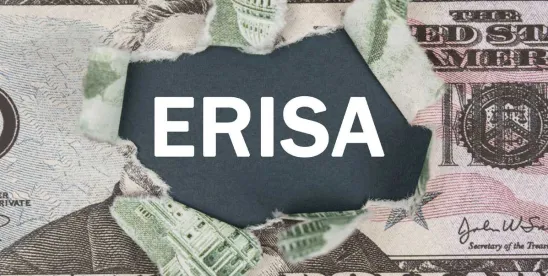For the last 40 years, judges were required to defer to administrative agencies’ reasonable interpretations of ambiguous federal statutes under Chevron v. Natural Resources Defense Council. The Supreme Court upended that precedent in Friday’s 6-3 ruling in Loper Bright Enters. v. Raimondo, which overturned Chevron and instructs judges to rely on their own judgment in determining whether an agency’s regulation falls within its authority.
Chevron’s repeal has both immediate and concrete impacts on ERISA’s interpretation, as well as the potential for significant, broader effects. For example, challengers of the Department of Labor’s ESG Rule permitting fiduciaries to consider environmental, social, and governance factors when selecting plan investments have already pointed to Loper Bright to bolster their argument that the rule oversteps the DOL’s authority and should be invalidated now that Chevron does not require deference to the DOL. In that pending litigation, which is currently on appeal in the Fifth Circuit, a district court in the Northern District of Texas previously relied on Chevron in upholding the DOL’s interpretation as reasonable. And, looking more broadly, ERISA litigants often rely on administrative guidance from DOL, Treasury, etc. to interpret ERISA and advocate for their positions. Without deference to agency guidance where appropriate under Chevron, interpretation of ambiguous ERISA provisions now rests entirely with the judiciary, with the potential for inconsistent interpretation of ERISA’s requirements from jurisdiction to jurisdiction.
Takeaway
In the immediate wake of Loper Bright, the only certainty is the risk of uncertainty. A potentially chaotic landscape of court decisions across jurisdictions could make it difficult for Plan sponsors and fiduciaries to administer benefit plans, as a practical matter, and to comply with the law. Those responsible for benefit plan design and administration must stay on top of developing cases and know how to reconcile conflicting court decisions around the country, in addition to using the other compliance tools at their disposal — including agency guidance.




 />i
/>i

